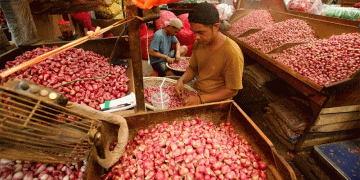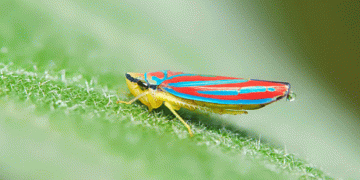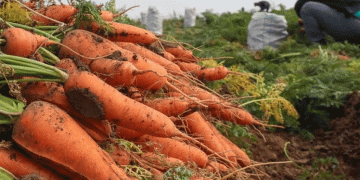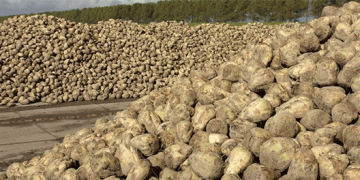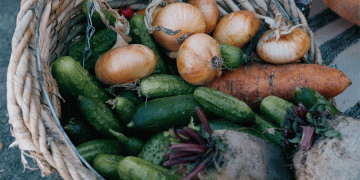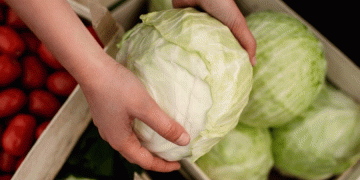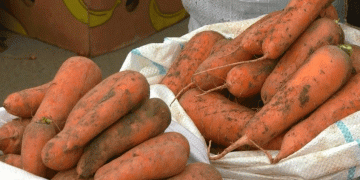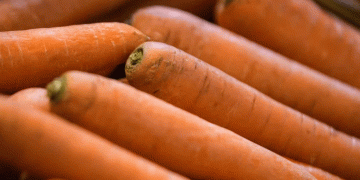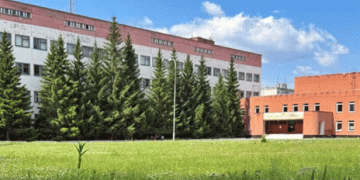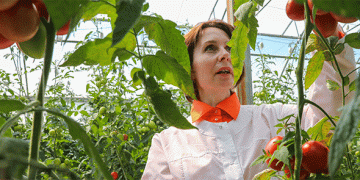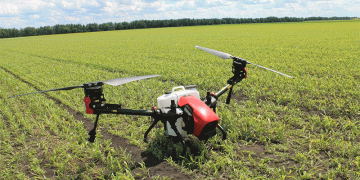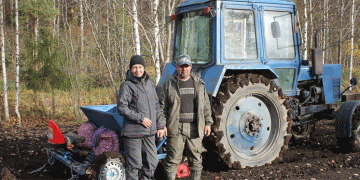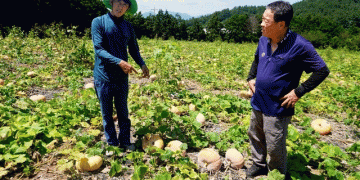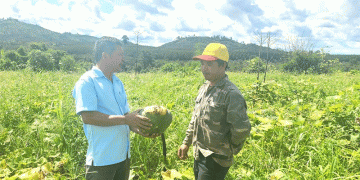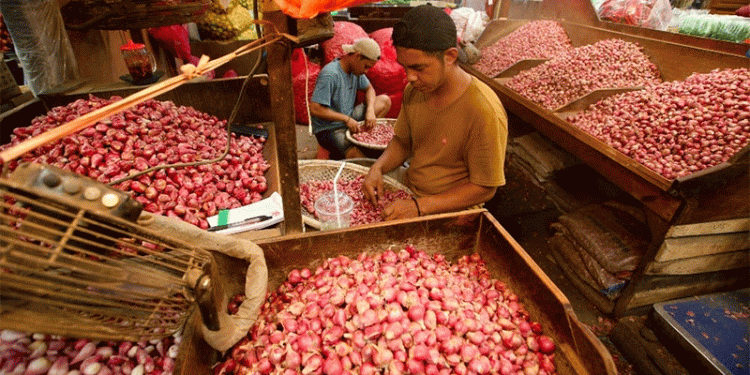Shallot production in Majalengka Regency has seen a significant decline in 2024, with output falling to 319,782.5 kg, down from 358,111.76 kg in 2023—a 10.7% decrease (BPS Majalengka). The reduction is linked to shrinking harvest areas, dropping from 2,882.5 hectares to 2,671 hectares, as farmers pivot to more lucrative crops like chili and tomatoes amid volatile shallot prices.
Key Production Shifts
- Dawuan: Production plummeted from 30,082 kg (2023) to 15,510 kg (2024), with harvest area shrinking from 198 ha to 183 ha.
- Argapura: Output remained nearly stagnant (122,990 kg → 122,190 kg), but the harvest area collapsed from 1,145 ha to 927 ha, suggesting intensified farming practices.
- Cikijing: A rare success story—production surged from 5,402 kg to 15,762.5 kg, with harvest area tripling (56 ha → 159 ha) due to improved irrigation and techniques.
Farmers Abandoning Shallots
Many farmers in Palasah, Jatiwangi, and Sindangwangi have stopped growing shallots entirely, citing unpredictable prices and better returns from other horticultural crops. Meanwhile, districts like Kertajati and Bantarujeg saw production spikes (41,250 kg → 66,890 kg and 152 kg → 1,360 kg, respectively), proving that expansion and infrastructure investment can reverse trends.
Majalengka’s shallot sector faces structural challenges: climate vulnerability, price instability, and competition from alternative crops. While some areas show resilience through innovation, broader adoption of climate-smart practices, market stabilization policies, and farmer support are critical to reviving production.
